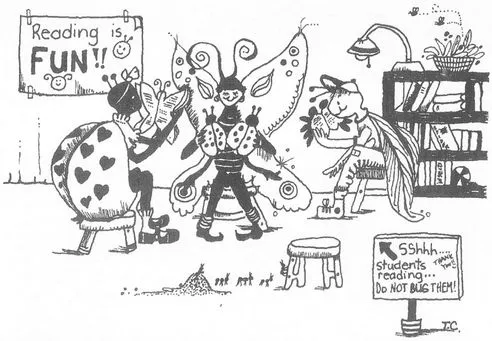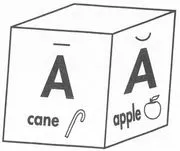
Learning About Fall with Children's Literature
Margaret A. Bryant, Marjorie Keiper, Anne Petit
- 160 pages
- English
- ePUB (adapté aux mobiles)
- Disponible sur iOS et Android
Learning About Fall with Children's Literature
Margaret A. Bryant, Marjorie Keiper, Anne Petit
À propos de ce livre
Taking a thematic approach to learning that employs seeing, hearing, reading, and writing, these books outline three four-week, cross-curricular units that develop the competencies children need to become fluent, independent readers and writers. While each unit focuses primarily on language—phonic skills, structural analysis, punctuation, capitalization, poetry, and comprehension—they also include math, science, social studies, music, art, and even mini-lessons in French for cross-cultural appreciation. Understanding that student ability levels in younger grades can vary widely, lesson plans are keyed to three types of learners: emerging, typical, and advanced. The series includes three titles that cover fall, spring, and winter, and each can be used independently or together throughout the school year.
Foire aux questions
Informations
1
SEPTEMBER

Week 1: Overview
Dragons, Dragons by Eric Carle (to be read aloud)
Other Eric Carle titles
I Wish I Were a Butterfly by James Howe (to be read aloud)
“Keep a Poem in Your Pocket” by Beatrice de Regniers Schenk
“Oh the Toe-Test” by Norma Farber
- Phonetic skills Begin to understand short and long o.
- Structural analysis Identify nouns.Recognize and build word families.
- Comprehension Begin to make predictions.Begin to understand the sequence of events in a story.Recognize number words one through seven.
Poetry and Skills Session
- Attach large chart paper to a wall in the classroom.
- Cover large empty boxes in paper and stack them in a corner with two of the sides displayed. Students will write a long vowel on one face and the short vowel on the other.
- Divide a bulletin board into sections.
- Suspend charts from the ceiling.

hog
dog
frog
| Step 1: | Discuss the content and meaning of the verses. |
| Step 2: | Identify the rhyming words. Observe the repetition of the chorus. |
| Step 3: | Introduce the sound of long o. |
| Step 4: | Have the children listen as the poem is read. After you have read the poem, have students name words in which they heard the sound. As you read the poem, give auditory clues by slightly emphasizing the appropriate words. |
| Step 5: | Have the students point to the words that contain the sound. If the poem has been laminated the students can circle words with a washable pen. |
| Step 6: | Reread the poem together at the end of the session and give each student a copy to be illustrated and placed in his or her poetry book. |
| Step 1: | Reread the poem and review the sounds discussed. |
| Step 2: | Introduce the sound of short o. Use several examples, then ask the children to find words in the poem that have the short o sound. |
| Step 3: | Review the long o and compare the sounds of the two. |
| Step 4: | Reread the poem together. |
| Step 1: | Read the poem to the class. |
| Step 2: | Allow the children time to enjoy the rhythm of the poem. |
| Step 3: | Discuss the meaning of the poem. |
| Step 4: | Locate words that contain an o. |
| Step 5: | Read these words and ask children to identify the sound the vowel makes. If the poem is laminated, circle words using one color for long o and a different color for the short o. |
| Step 6: | Reread the poem together and distribute copies for the poetry books. |
| Step 1: | Read the poem with the class and allow time for comments and discussion. |
| Step 2: | Review the vowel sounds. |
| Step 3: | Choose a word from the poem, change the beginning sound to make a word family. Help the children use several of these words in a sentence, creating a short, original poem. |
| Step 1: | Read the poem once to the children and then ... |